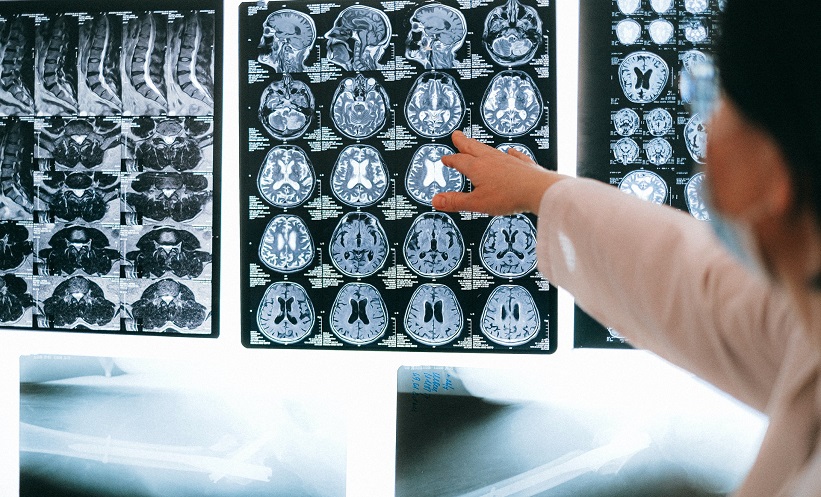HYPEREXCITABILITY of the cortex, which has been identified as a subtle change in the presymptomatic stages of Alzheimer’s disease, and the relationship with Alzheimer’s disease-related proteins is currently poorly understood. However, for the first time in humans, a new imaging technique has revealed how the accumulation of tau proteins in the brainstem is associated with neurophysiological activity directly linked to the onset of Alzheimer’s disease, according to a study by researchers at the University of Liège, Liège, Belgium.
Previous research studies, conducted on animals, have illustrated how tau and β-amyloid proteins lead to increased cortical excitability and dysfunction of brain networks, which is primarily observed in the early stages of Alzheimer’s disease. The scarcity of technological developments has limited the ability to precisely measure the early deposition of these Alzheimer’s disease-related proteins in humans prior to this study.
The researchers analysed the brains of healthy individuals, aged between 50 and 70 years old, using combined different neuroimaging methodologies (MRI and PET scans) to characterise the quantity of tau and β-amyloid proteins in the brainstem and upper cortical regions. Electroencephalographic recordings and transcranial magnetic stimulation techniques, both noninvasive, were also applied in this study to measure the excitability of the participants’ cortex.
“The results of this study show that an increased amount of tau protein in the brainstem, its primary site of agglomeration, is specifically associated with a higher level of cortical excitability, while the researchers did not observe a significant relationship for the amount of β-amyloid protein in the upper cortical areas. These results constitute a first in vivo observation in humans of the early link between proteins linked to Alzheimer’s disease and their impact on brain function,” said first author Maxime Van Egroo.
By further understanding the protein deposition biomarkers associated with Alzheimer’s disease in humans, and their relationship with cortical excitability and brain network disfunction, it may be possible to identify this disease in its early stages.








